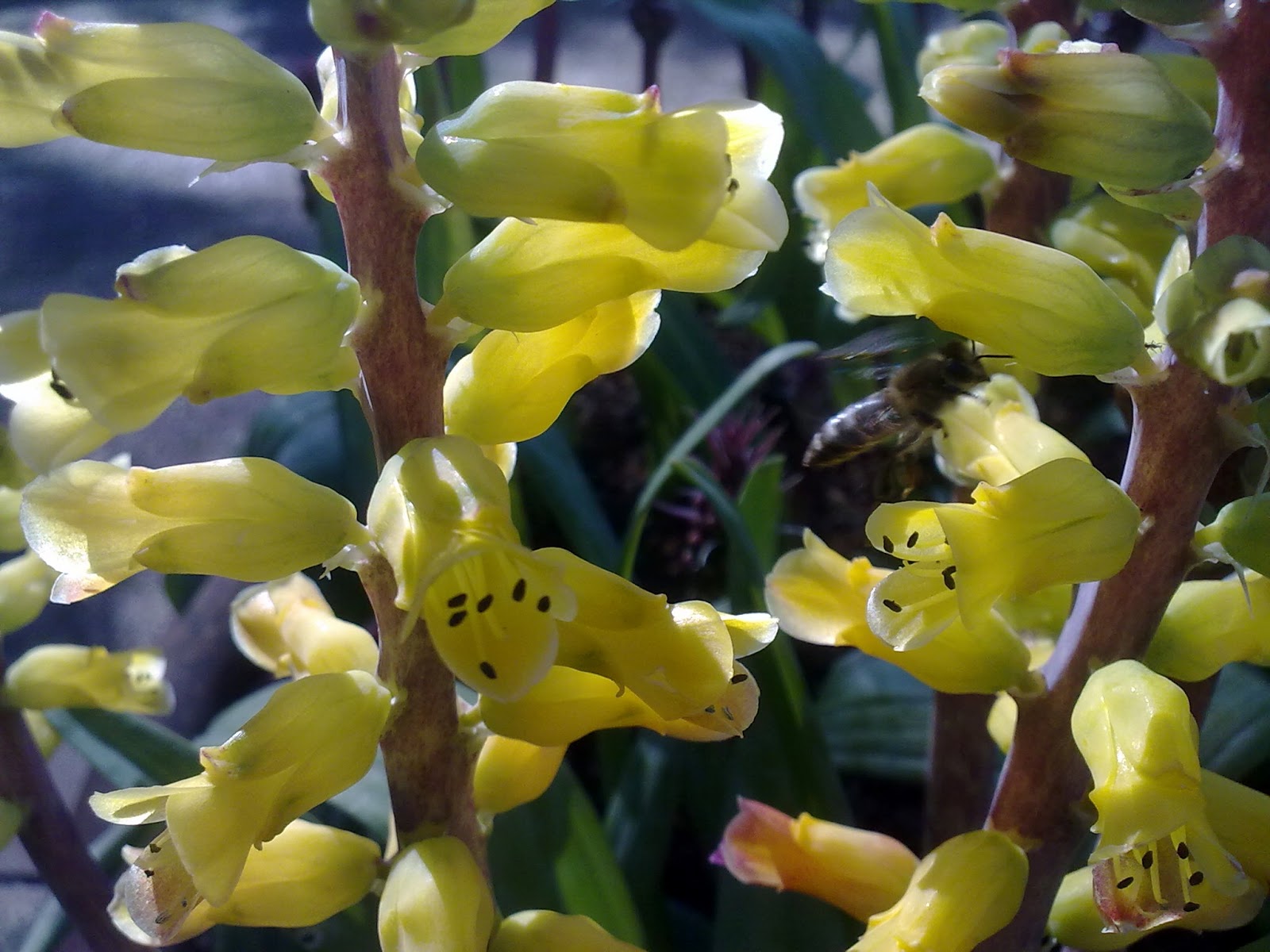The genus Erica has about 860 species in them and of that 860 species South Africa is home to 760. Their flowers have many different shapes from bottle to globe to tube to urn shaped flowers and they are mostly pollinated by birds, insects and the wind.
I always thought Erica species was such a typical fynbos plant, with their small growth habit and needle like leaves, but after seeing them in flower I look at them differently because they are such beautiful plants and easy to maintain if they are given what they need.
This month's Fab 5 wasn't easy because I was exposed to so many amazing Erica sp. It was difficult to choose only 5. I selected the best 5 flowering Erica sp. I could find (and photograph).
 |
| Erica baccans |
 |
| Erica patersonii |
 |
| Erica blenna |
 |
| Erica leucotrachela |
 |
| Erica haematocodon |
These photos were taken at Kirstenbosch National Botanical Gardens, most of these Ericas are grown and cultivated here as many of them are endangered or rare in their natural habitat. This is only 5 of many beautiful Ericas displayed in the numerous sections of the garden. Once you see some of them you'll notice how enticing they are and it could just lead to a lifetime of interest.
These photos were taken at Kirstenbosch National Botanical Gardens, most of these Ericas are grown and cultivated here as many of them are endangered or rare in their natural habitat. This is only 5 of many beautiful Ericas displayed in the numerous sections of the garden. Once you see some of them you'll notice how enticing they are and it could just lead to a lifetime of interest.







